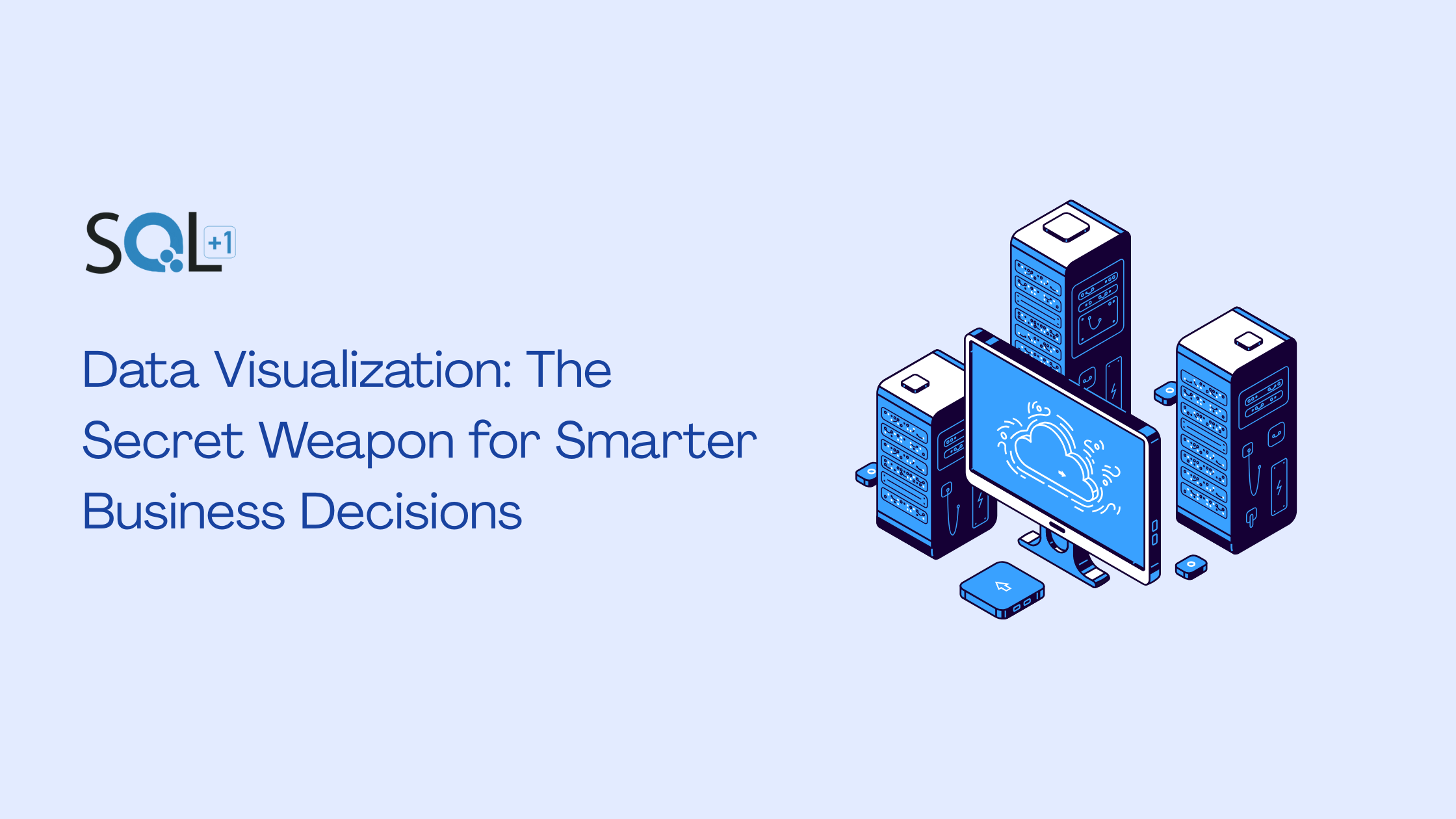
In the age of information overload, raw data is everywhere—but it’s not helpful until you actually understand it. That’s where data visualization becomes a game-changer.
Whether you’re managing a startup or scaling an enterprise, the ability to visualize data clearly can make all the difference between acting fast or getting stuck in analysis paralysis.
Data visualization is exactly what it sounds like: using visuals—like charts, graphs, and dashboards—to represent data. Instead of digging through reports or spreadsheets, you get a clear picture of what’s happening.
Think of it like putting glasses on your data. Suddenly, things become visible:
It takes the guesswork out of decision-making.
Modern businesses deal with massive volumes of data—from CRM tools, website analytics, finance platforms, and more. Without visualization, that data just sits there.
But with the right visuals:
In short: visualization helps you move faster and smarter.
No matter your industry, data visualization has a role to play:
Even simple visualizations can offer incredible clarity.
You don’t need to be a developer to build a great dashboard. Many tools are designed for business users:
You can even use Excel or Google Sheets to create effective charts with just a few clicks.
Not every chart works for every situation. Here’s a quick cheat sheet:
|
Data Type |
Best Visualization |
|
Comparisons |
Bar or column chart |
|
Trends over time |
Line graph |
|
Proportions |
Pie chart or tree map |
|
Distribution |
Histogram or scatter plot |
|
Flow or movement |
Sankey diagram |
Choosing the right type helps your audience understand your data faster.
In today’s competitive environment, being able to read and react to data quickly is a superpower. Visualization isn’t just a reporting tool—it’s a strategy for clarity, alignment, and growth.
If you’re a business owner, consultant, or team leader, don’t wait until things get messy. Start visualizing your data now, and turn your metrics into meaningful actions.
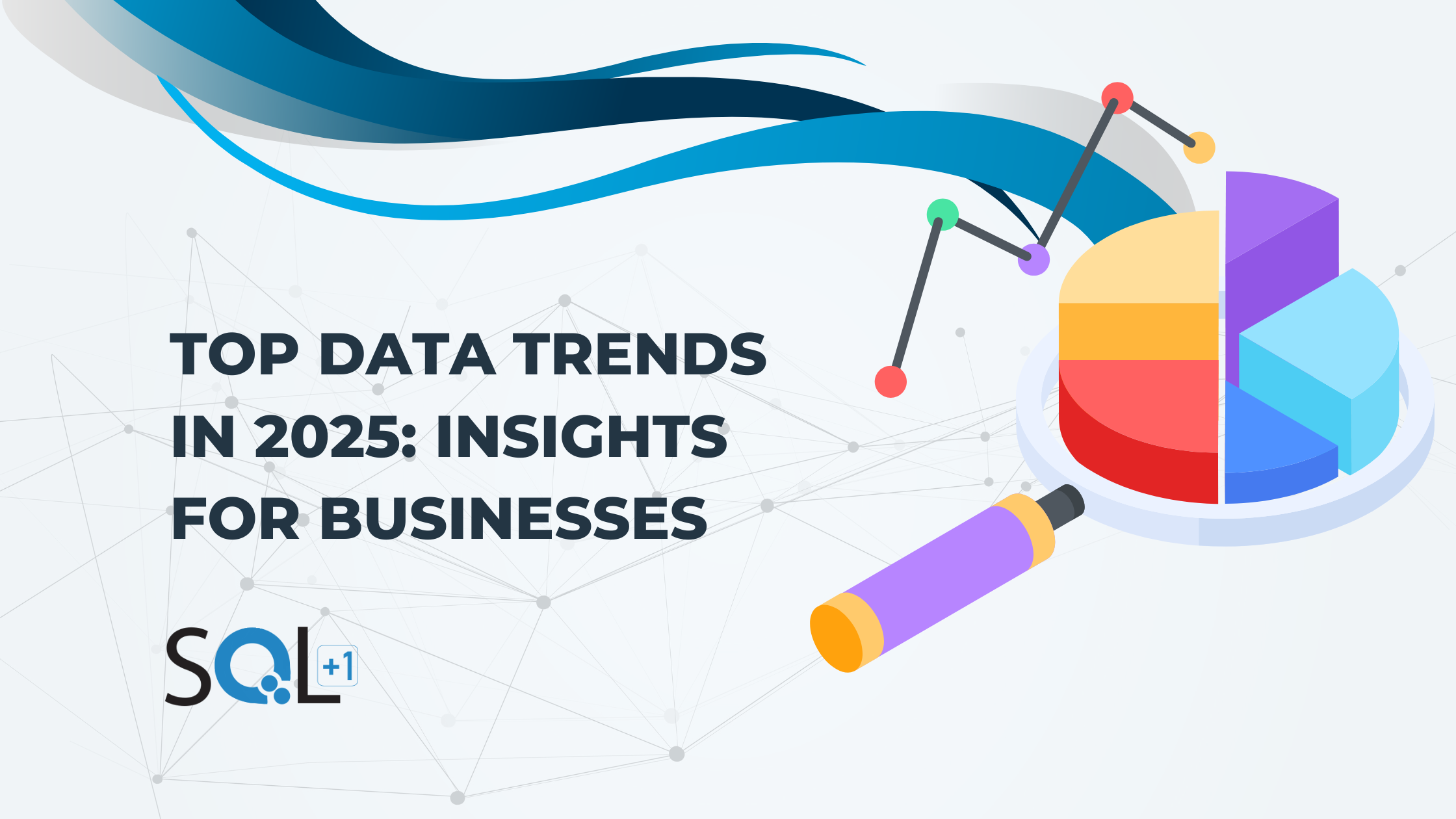
May 9, 2025- By: Sqlplusone
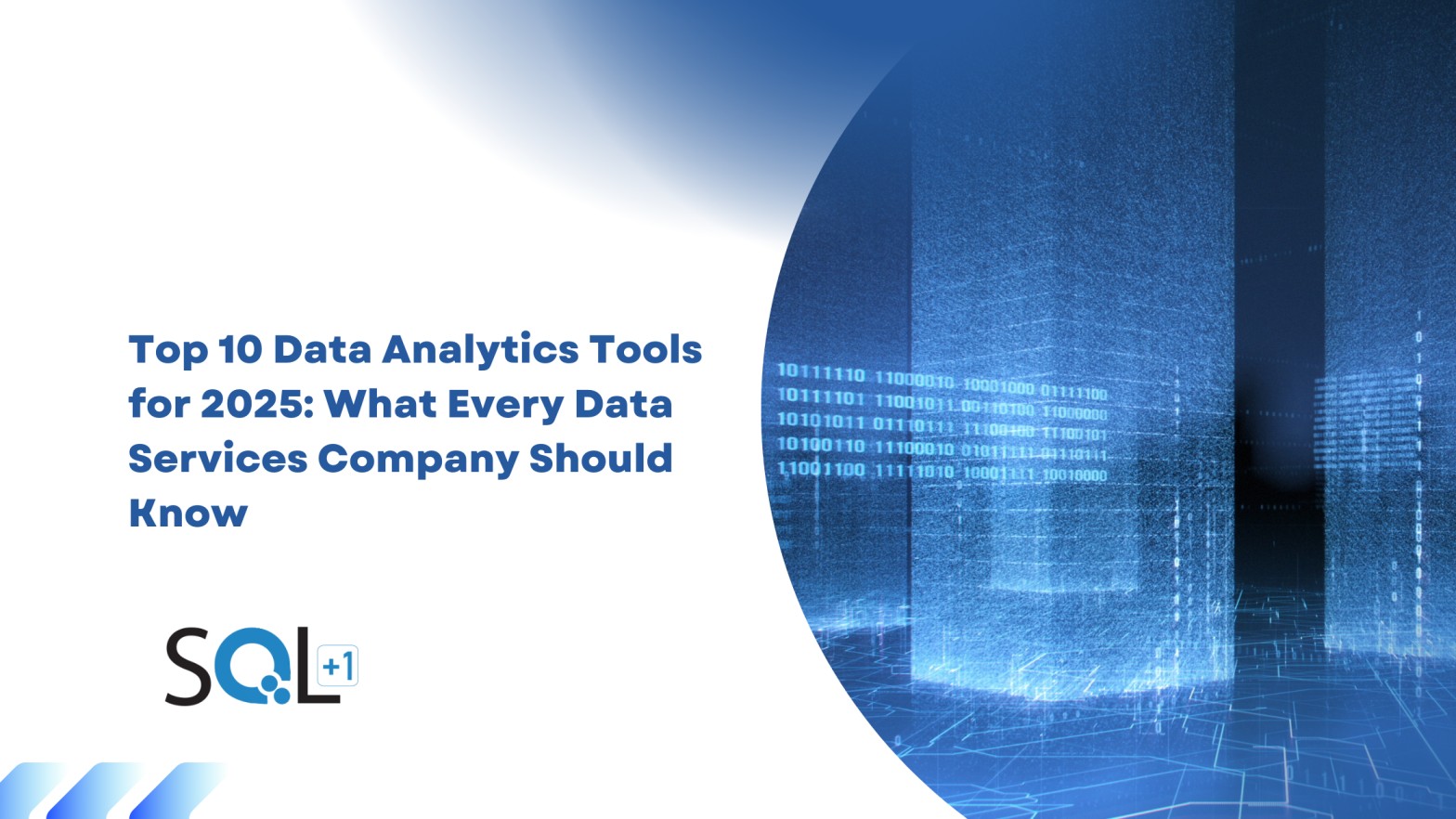
May 24, 2025- By: Sqlplusone

May 30, 2025- By: Sqlplusone

Apr 9, 2025- By: Sqlplusone

May 4, 2025- By: Sqlplusone
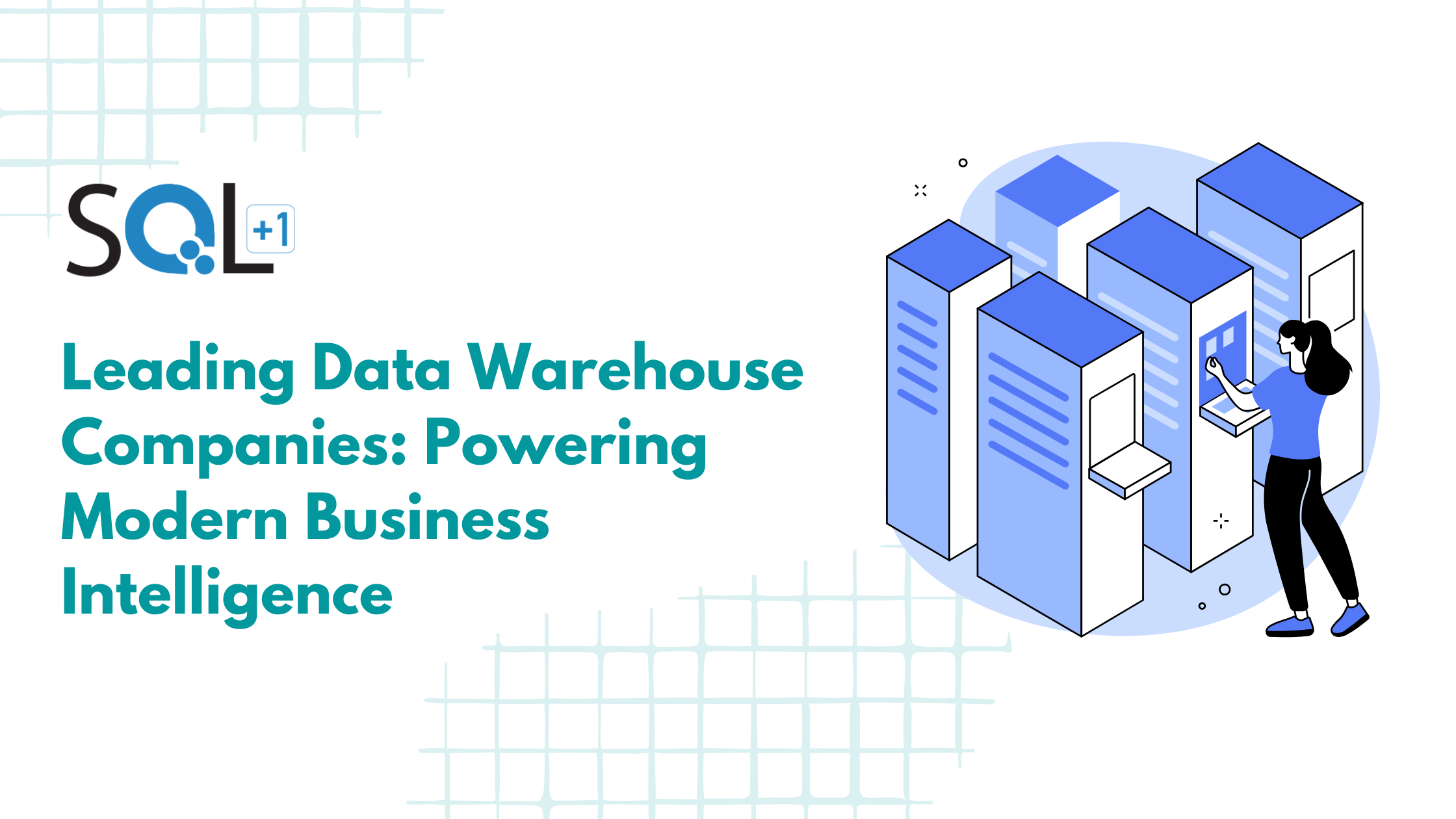
Jun 25, 2025- By: Sqlplusone
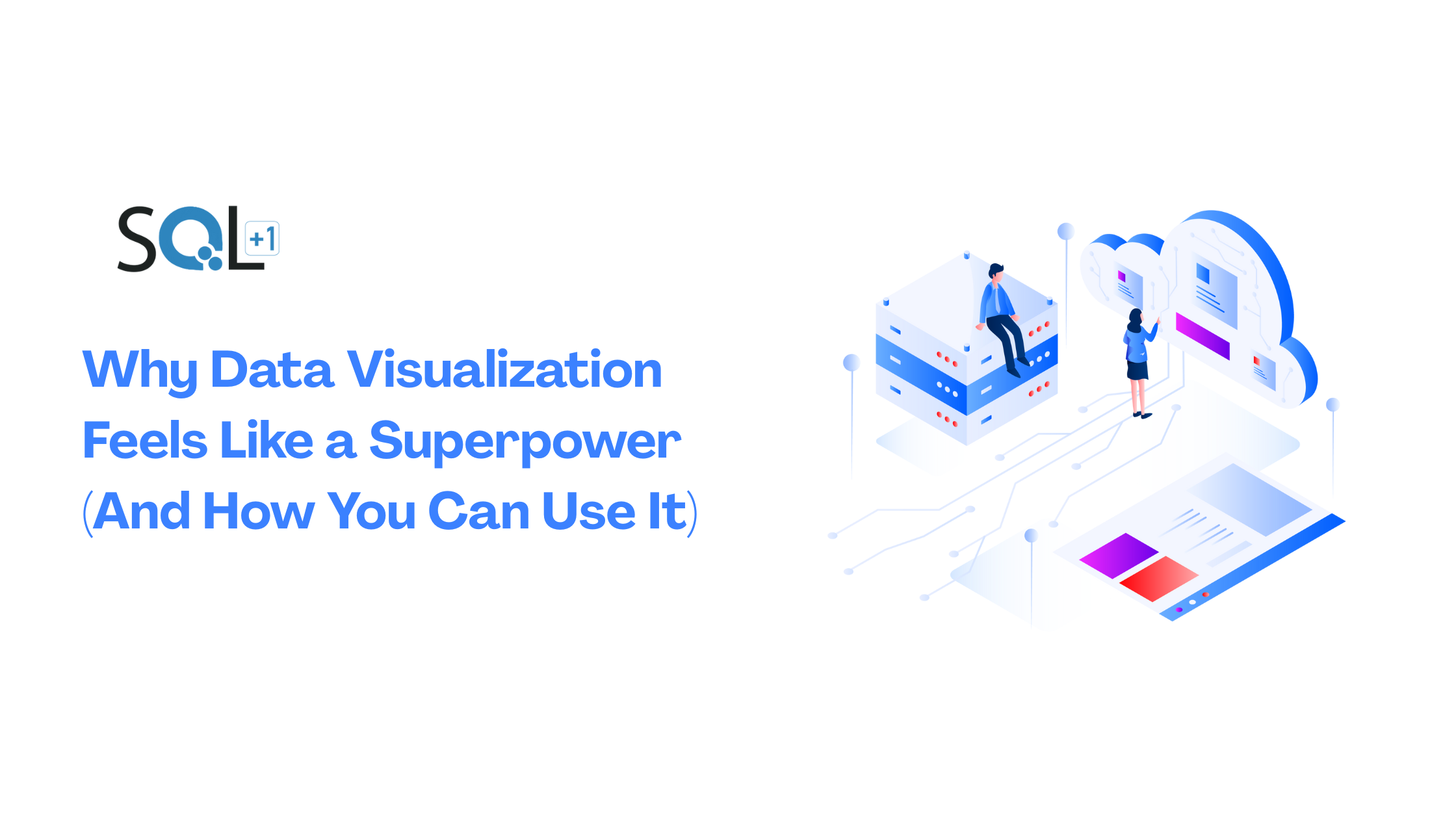
Jun 13, 2025- By: Sqlplusone
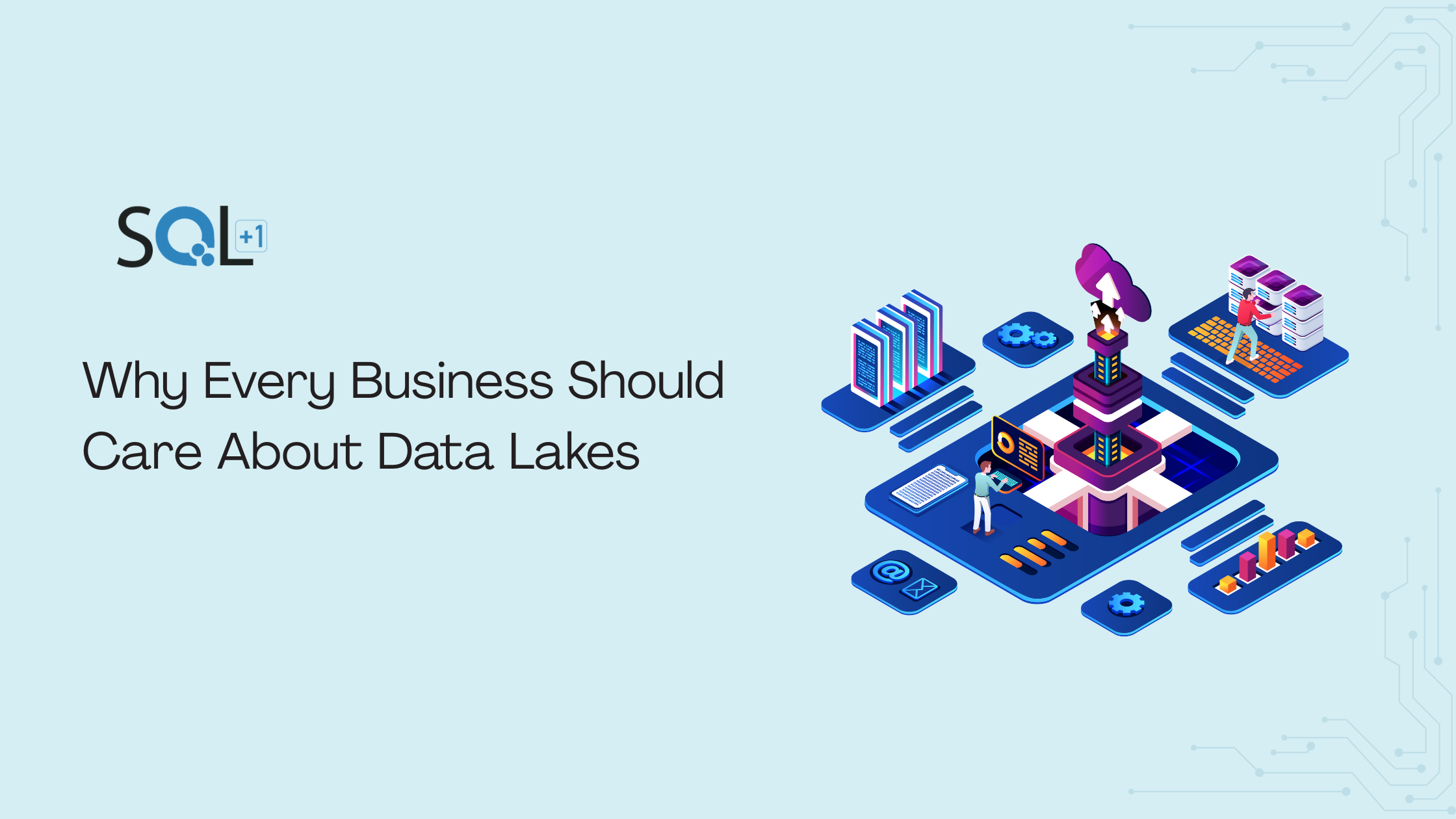
Jun 8, 2025- By: Sqlplusone
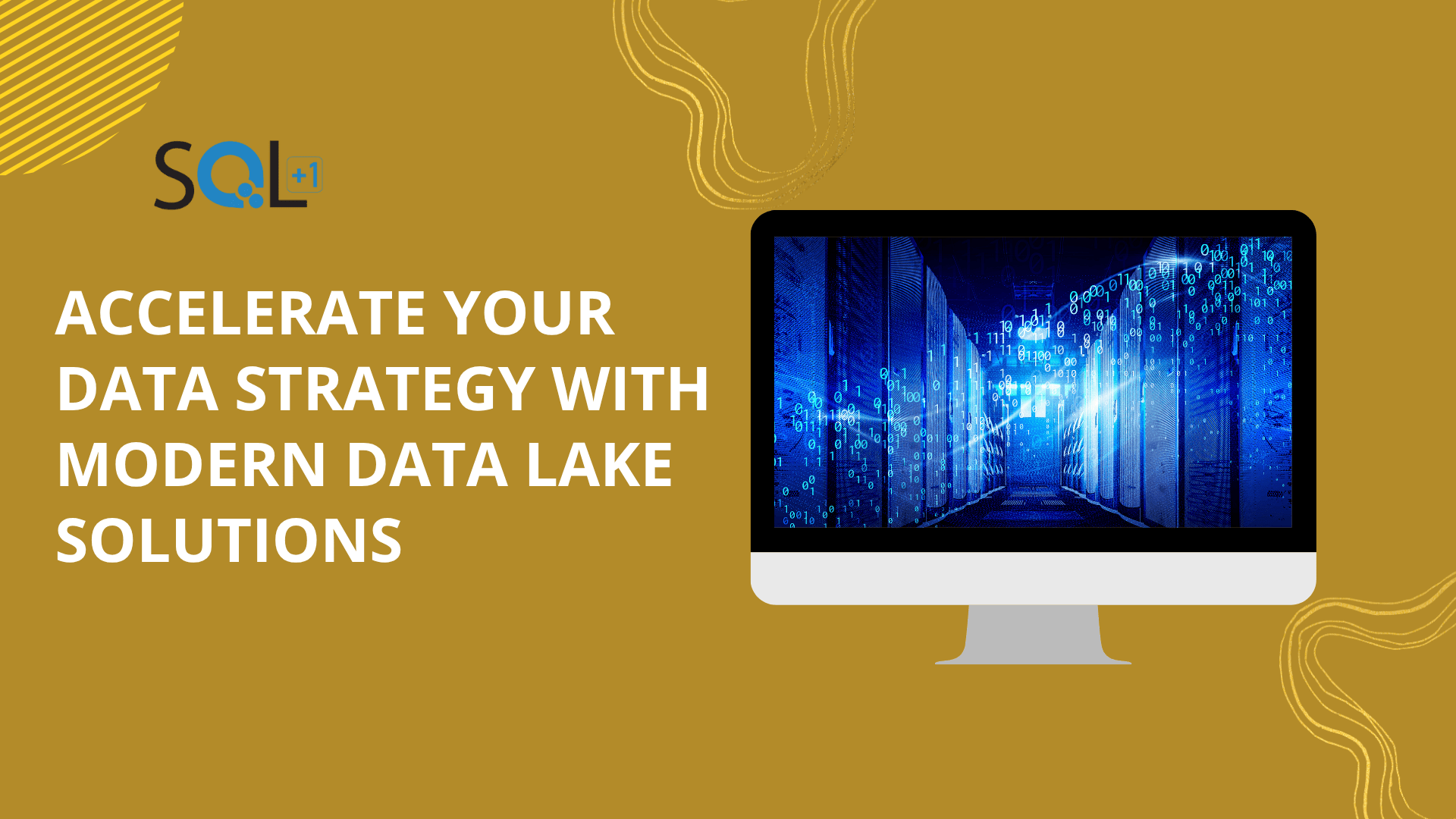
Jun 6, 2025- By: Sqlplusone

Jun 4, 2025- By: Sqlplusone